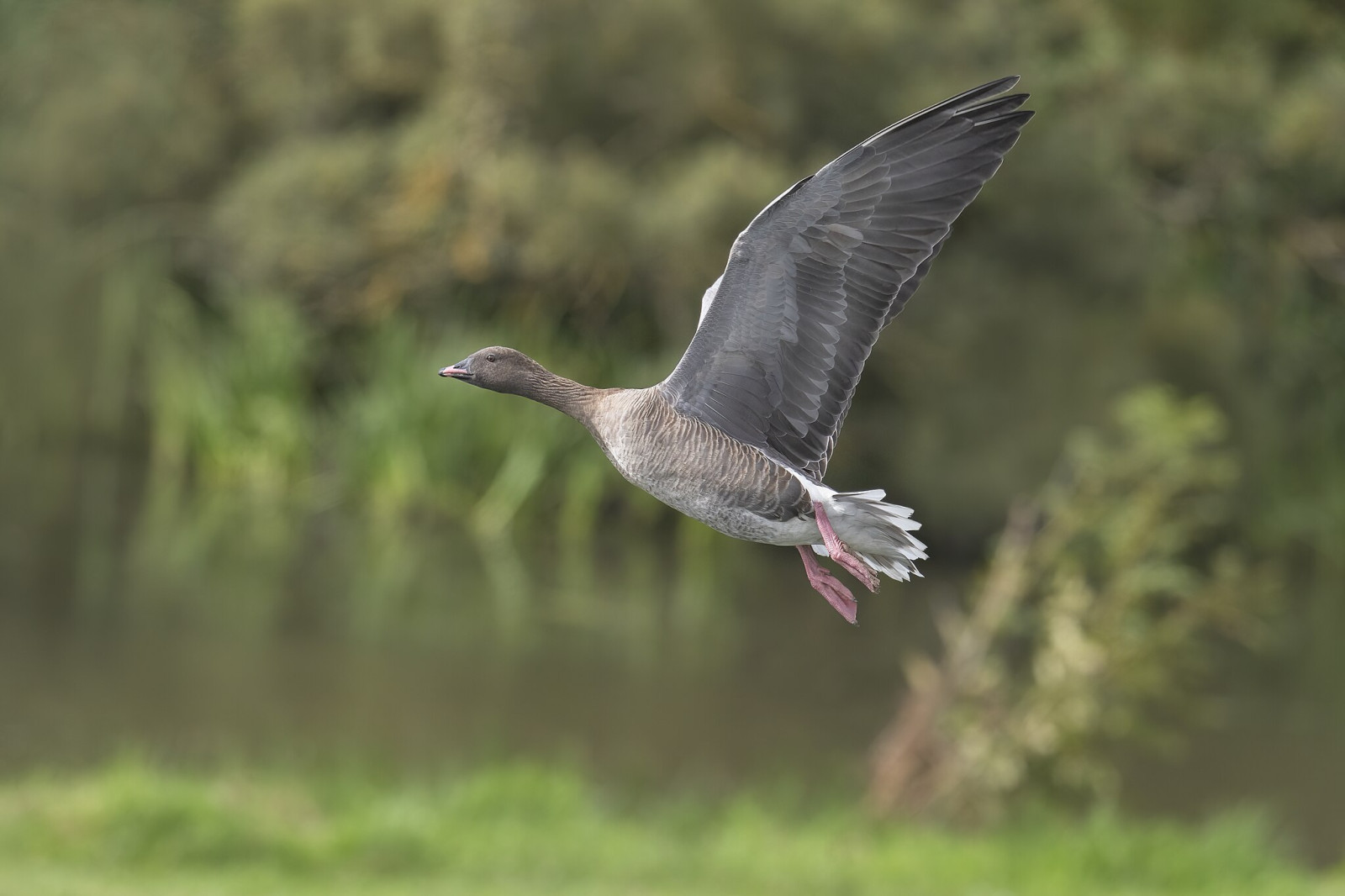Descrizione
Meikle Loch is an inland loch and designated as part of the Ythan Estuary complex as a Special Protection Area for wildlife conservation purposes. Meikle is a Scots word for large/big, which the loch is when compared to the adjacent Little Loch. It is a eutrophic loch with limited aquatic vegetation. It lies in an area of intensive farming and is one of the major roosts for the large numbers of Oca selvatica and Oca zamperosee which occur in the Grampian lowlands from autumn to spring. Between 15 and 20% of the NW European population of Oca zamperosee use the loch regularly and the loch is consequently of European and international importance for these species.
Up to 20,000 of Oca zamperosee can appear in the area in early autumn. Also other geese like Oca facciabianca and Oca canadese can often be observed. There may also be Volpoca, Mestolone, Alzavola, Quattrocchi, Fischione, Moretta, Moriglione and other ducks to watch. Best time to visit is just before sunset when the geese fly into roost.
Dettagli
Accesso
Meikle Loch is an inland loch some miles north of Collieston, Aberdeenshire. The approach to Meikle Loch is by a short, unmarked, rough track on the left off the A975. Traffic can be fast, approach and leave with care. Press P in the map for directions.







